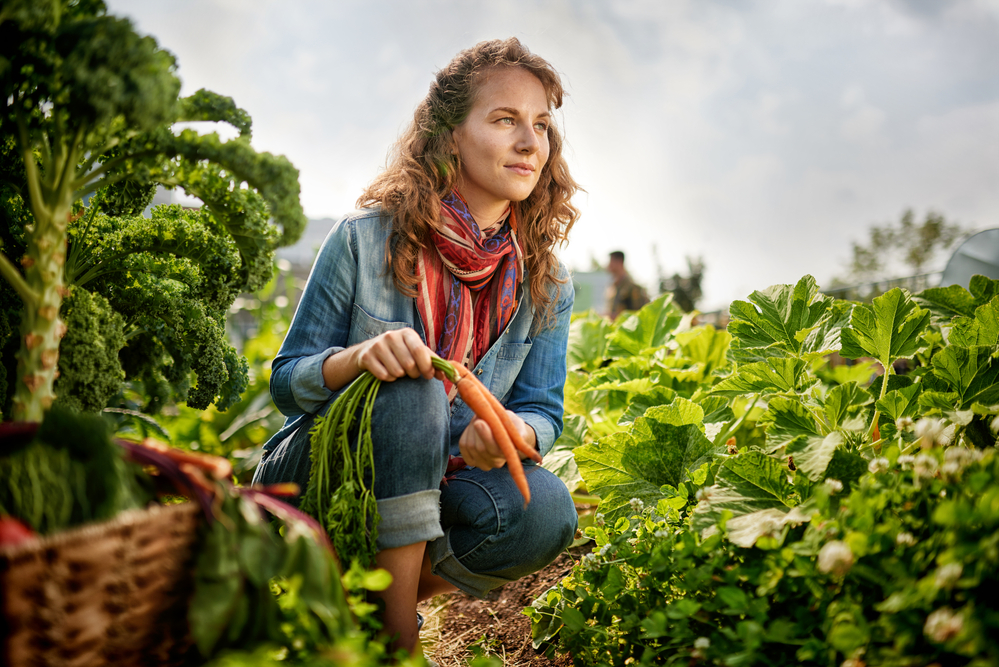Special Delivery: First-Hand Food
🙋♀️ Guest curated by Hannah Ritchie, Head of Research at Our World in Data.
This week, it's my pleasure to have Hannah Ritchie as my guest, a climate scientist who has greatly informed my views on the climate crisis, especially with regard to food and agriculture.
Hannah is the Head of Research at Our World in Data, a non-profit that provides research and data to make progress against the world’s largest problems. Even if you haven't heard of Our World in Data, I'm sure you've come across their work. News organisations around the world rely on their work to create visualisations and inform their audiences. What I admire about Hannah's work: Not only does she shine a light on important issues with her research, she's great at communicating to a wide audience.
Here are her recommendations for you...

1. Tamar Haspel on First-Hand Food
Anyone who has dipped their toe into discussions on food and nutrition knows how combative it can be. Nearly everyone has a camp. It’s rare to find someone with a balanced and fair perspective, that’s open to debate from all sides. Tamar Haspel is one of those people. I recently read her book – To Boldly Grow – on her decade-long experiment to grow and catch her own food. I very much recommend it. She did a podcast discussion with Russ Roberts on EconTalk, which is a great introduction to the topic.

2. We will fix climate change
It feels like every day we’re hit with another worrying story on climate change. It’s easy to become overwhelmed with all of the bad news. It can all feel a bit helpless. But look closer at some of the changes that are happening, and there are reasons to be cautiously optimistic that we can solve it. Kurzgesagt show this beautifully in their latest video. Full disclosure: I did much of the writing and research for this, but can take no credit for turning it into a masterpiece.

3. Analysis: How UK newspapers changed their minds about climate change
One of the things that makes me optimistic that we can move much more quickly on climate change is that climate action is dissolving as a partisan issue. Climate action is supported across the political spectrum. In a great piece of research, Carbon Brief show how this has evolved in UK newspapers. What’s staggering is how quickly and dramatically this has shifted – most of this change has happened in the last five years.

4. Frontier Climate: the companies investing $1 billion in carbon removal
The latest IPCC report came out last week, and made for some grim reading. No surprises, it makes clear that we need to rapidly reduce carbon emissions. But we need to remove carbon dioxide from the atmosphere too. The problem is that we don’t really have scalable technologies to do this (excluding trees, which won’t be close to enough). A number of companies – Stripe, Alphabet, Shopify, Meta, and McKinsey – have stepped up to the plate with a $1 billion investment in developing these technologies. It’s sorely needed.

5. A detailed guide to colors in data vis style guides
I spend a lot of my time making data visualisations. But there’s one thing I’m still hopeless at: picking colours. They can make or break a design project, but are deceivingly hard to master. Lisa Muth from Datawrapper is here to help: she has just published an incredibly in-depth overview of all things related to colour and design. It’s one bookmark I will come back to again and again.

🙋♂️ It's me again, David. Thanks, Hannah, for sharing. Before you go: Make sure to follow Hannah on Twitter, and sign up to Our World in Data's biweekly newsletter. If you'd like to read more from Hannah, I highly recommend How we fixed the ozone layer and You want to reduce the carbon footprint of your food? Focus on what you eat, not whether your food is local.
Who would like to see as a guest curator in the future? Tell me!
I hope to see you again next Friday with the next (regular) issue of the Weekly Filet.
— David 👋





